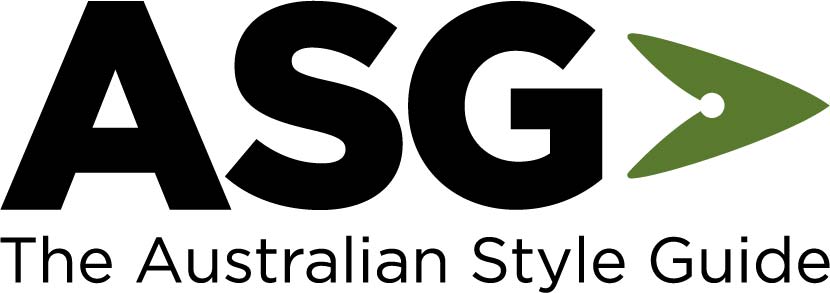The ASG covers the most common style questions for writers and editors in Australia, with invaluable advice for:
- communication specialists
- professionals writing at work
- students and academics.
Our guide covers both the print and digital environments, and it is equally suitable for the government, corporate and university sectors in Australia.
We base our recommendations on the latest evidence on clear communication. Where style advice has evolved in recent years, we explain why without excessive detail. And where there are options, the ASG will help you make an informed choice for your text and context.
Use the ASG every day at work to:
- make your writing clear, consistent and error free
- save time when writing and editing
- keep up to date with Australian standards.
There are 3 ways you can navigate the ASG:
| How to navigate | Where to look |
| 1 Type a keyword in the search box | In the top right corner of the screen |
| 2 Use the A–Z menu to find a specific entry | Across the top of the screen |
| 3 Explore the guide by category | In the menu down the left of the screen |
This means you can quickly find the answer to a specific question, but also delve into broader topics. The ASG entries range from the essentials of plain English to the technicalities of punctuation. We cover the nuances of language and numbers as well as formatting and referencing.
The ASG has distilled the best practical advice on the most common style issues in an easy-to-use but definitive guide.

